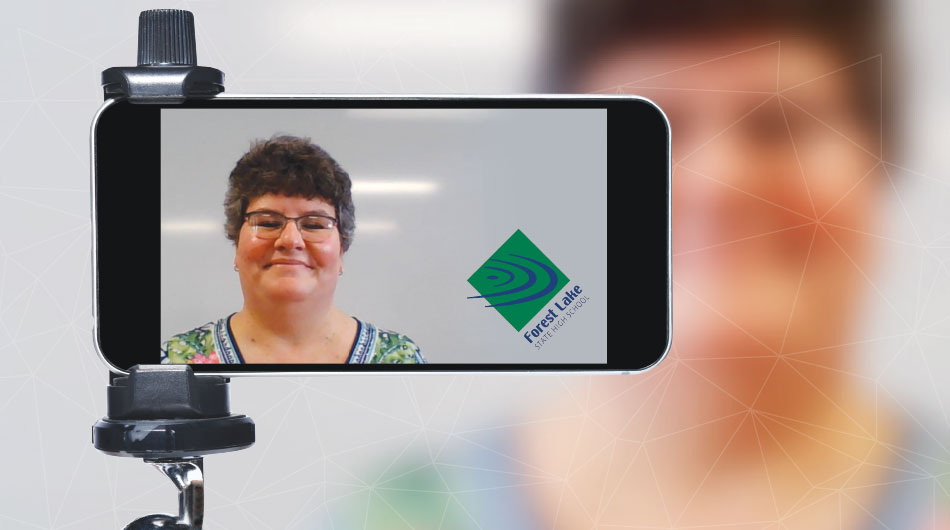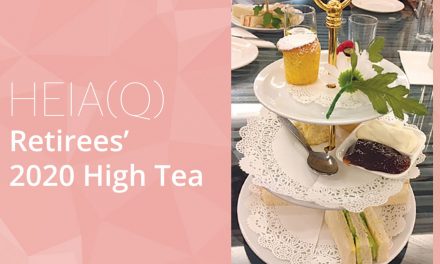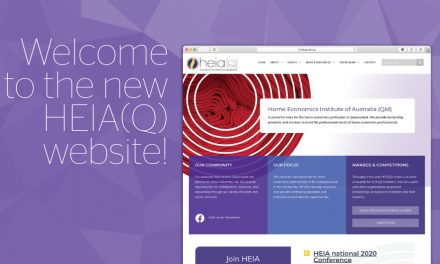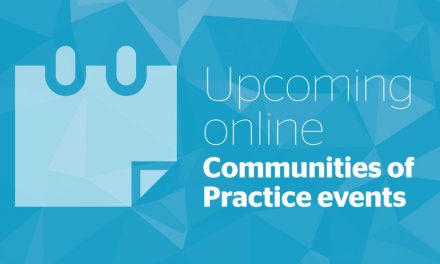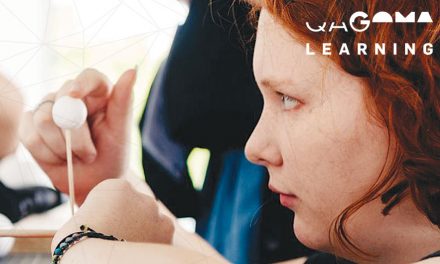Teaching practically in a COVID-19-lockdown world
‘That’s it. We’re done! Thank you so much, Mike!’ And so the first cooking-demonstration video for the Forest Lake State High School Year 11 and 12 Hospitality students was created. After some editing to get the video below 15 minutes, it was distributed to my students (and the school staff!) for viewing. So began my quest to inspire some budding chefs at home.
As a teacher of highly practical subjects—both Certificate II in Hospitality and Hospitality Practices—teaching practical skills over the Queensland quarantine phase of COVID19 at the start of Term 2 presented somewhat of a challenge.
How could I engage my students in remote learning to ensure that their practical skills were not only maintained but also enhanced? What was it I actually wanted students to learn over this phase? Like every teacher, I planned the theory work that needed to be covered as per the syllabus. However, the question remained: What skills could I incorporate into their remote learning that assisted students to develop skills for the real world as well as to cope with their current context?
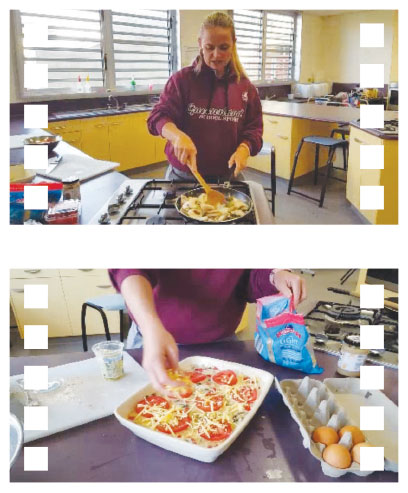
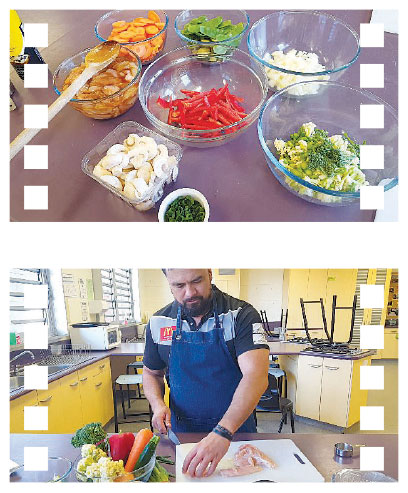
Practical tasks to complete at home were set each week—set a table in a manner appropriate for a restaurant, take a photo and email it to me; prepare, present and serve dinner for the family, and have them provide feedback; learn how to fold a serviette in some different ways; create your own napkin fold! However, there was a gap. My aim was to provide students with skills and knowledge around cooking in the present situation of remote learning. The small mundane tasks—setting tables, folding napkins, designing dishes—were well-intentioned, however, where was the challenge? Where was the hook? Was there anything providing that spark of inspiration or interest to motivate students to experiment, experience and discover for themselves?
It was a conversation with a valued colleague that started me on the demonstration-video path. After getting over my initial concerns about my lack of experience (and skills!) in videoing and editing, I realised the potential of this resource. While the demonstration videos would be valuable during remote learning, they would also prove a useful resource in the future when things were back to normal. By using other staff in the videos, students would receive valuable content through a variety of voices, styles and formats. In addition, the videos would provide opportunity for students to see that creating delicious and nutritious meals wasn’t reliant on being a celebrity chef—or a Hospitality teacher!
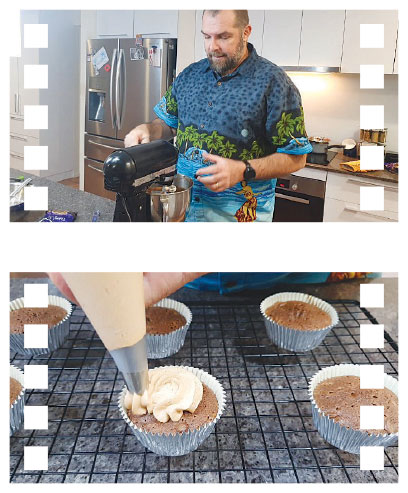
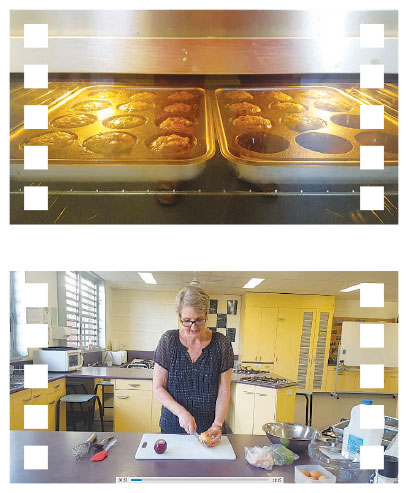
Consequently, I sent the call out to staff at Forest Lake State High School, letting them know that I wanted to create cooking-demonstration videos—using them as the star chefs. Their brief was as follows:
- Cook a dish—savoury or sweet—using ingredients that most would have in the pantry and refrigerator at home.
- Videos would only be 10–15 minutes in length.
- We weren’t trying to make a professional video—this was for ‘at home’ cooks.
- I could record the videos at school or they could record them at home; I’d edit and distribute the recordings.
- Have fun!
To my amazement, staff jumped at the opportunity to share their favourite dishes and I had a library of cooking videos in the making. Thus, I found myself videoing Mike, one of our Junior Secondary HASS teachers, who has a passion for French cooking. What followed was extraordinary. The feedback after the first video was so positive that I knew we were on the right track. I also learned a lot about videoing a cooking session!
Over the next couple of weeks, my guest chefs included the Principal, deputy principals, several heads of department, teachers and administrative staff.
The guest chefs talked students through the creation of their dishes, sometimes adding snippets of extra information, tips and tricks. The videos were homely but that was exactly what I wanted—something that showed students that you didn’t have to be Jamie Oliver, Nigella Lawson or even Matt Preston in order to create delicious and nutritious meals from everyday ingredients.
The dishes created—dips, pesto, pizza pockets, stir-fries, frittatas, cupcakes and so much more—catered for a plethora of palates. Some staff created family favourites, one a secret recipe and, on one occasion, one used a Thermomix to create an amazing apricot chicken risotto. Each video concluded by encouraging students to try the recipe with their own flavours/twist to see what they could create. My catchphrase became, ‘I look forward to seeing what you create’.
Students were sent a link to view each video and further encouraged to have a go at the recipe demonstrated. I decided also to share the videos with the staff and I was gobsmacked by their response. So many conversations began with, ‘I watched …’, ‘I loved …’ or ‘I’m going to try …’. More staff members offered to be in demonstration videos. Some even used the videos as their personal cooking classes!
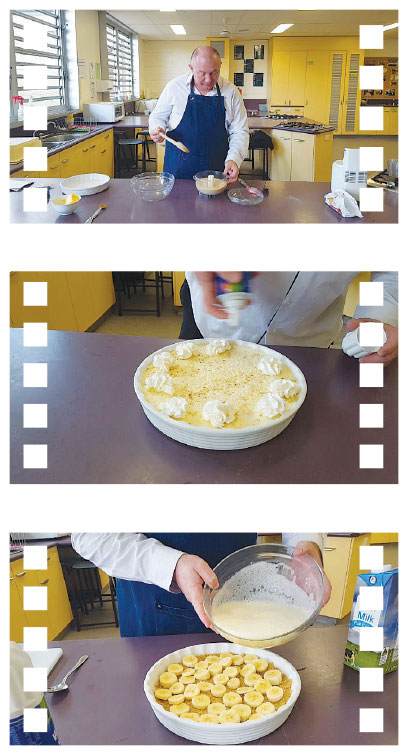
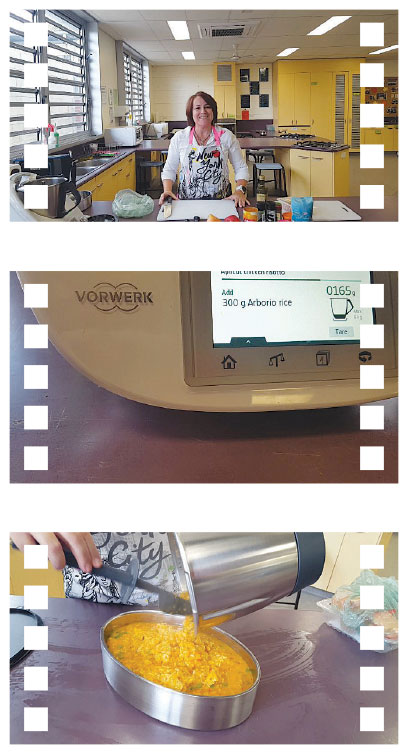
An unexpected offshoot of creating the videos was the extra footage I collected that enabled me to create flipped lessons for my classes. Taking snippets of extra information from various rough cuts of the videos then sending them to students as extra content before a lesson meant that we were able to discuss these tips, tricks, skills and content. This provided for some interesting conversation, especially when we discussed making vegan meringue using chickpea water (aquafaba)!
Since returning to normal school frameworks, we’ve expanded the project to create a demonstration video for students to use as their reference point for a practical-skills examination. Students are given the video two weeks before the skills session. Their role is to view the video and create a work plan from it to be able to successfully complete the task. All ingredients for the cook are supplied. Students just need to ensure they have the correct shoes, a container and their work plan (including cooking and presentation tricks and tips) from the video. The positive outcome of this initiative is that students are able to view the demonstration video as many times as they need to. In addition, they can do a trial cook at home if they wish, and rather than just reading what to do, they can see it in action.
Despite no longer being in a remote-learning phase in Queensland, I plan to continue creating demonstration videos and flipped lessons. These videos provide a valuable resource not only for my classes, but also for the classes of my fellow food and nutrition and hospitality teachers. Every time I watch a colleague cooking, I learn something new about my colleagues and about cooking. Every time I record a video, I learn something new about myself and about videoing cooking sessions! I don’t plan to make the demonstration videos look professional and expensive—that’s not real. My aim is to provide real and honest demonstration videos that provide students with positive role models for simple yet nutritious cooking. Preparing students for life in the real world, dealing with unprecedented situations and remaining positive in those situations have perhaps been the most rewarding parts of this videoing exercise. May the learning continue!
Helen Parkinson, Forest Lake State High School

